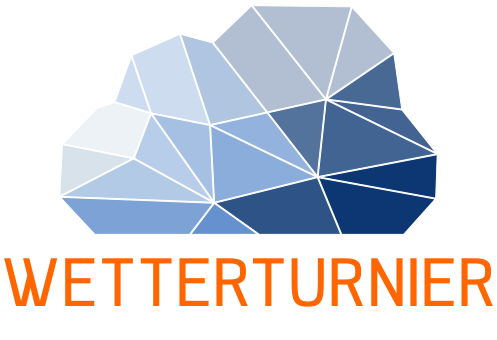What is MOS?
Model Output Statistics is a set of methods to statistically correct the output of numeric weather models. It has been developed in the 60ies/70ies and relies mainly on multiple linear regression equations. [Wikipedia]
Explanation for the models (EZ, GFS, ICON, MIX):
EZ
collequial german for “ECMWF” or oficially called IFS (Integrated Forecast System), is a global weather forecasting model developed by the ECMWF in collaboration with MeteoFrance. It is one the most important numerical prediction models world wide and consists of a spectral atmospheric model with a terrain-following vertical coordinate system coupled to a 4D-Var data assimilation system. [Wikipedia]
GFS
The Global Forecast System is maintained and developed by the American Weather Service (NWS). It delivers a horizontal resolution of 28 km (Comparison: IFS calculates on a 9 km grid in the HRES version). Since 2019 the new FV3 (finite volume method) is in operational use which should drastically increase the reliability of the GFS forecasts. [Wikipedia]
ICON
stands for “ICOsahedral Non-hydrostatic global circulation model”. It is the global model of the german weather service (DWD). The grid point net, which consists of over 3 million triangular grid cells has a mesh size of 13 km. In each of these triangles ICON solves non-hydrostatic equations (Navier-Stokes) on 90 different height levels. This leads to a number of 265 millionen grid points. More information can be found in the official documentation:
What means MIX?
All automatons with MIX in their names are using a model mix with several different models, depending on the manufacturer of the MOS. More explanation in the next paragraph.
And what about MOS/MOS-Max/MOS-Min?
MOS simply is the group tip (mean) of all participating automatons. The MOS-Max and MOS-Min bets are composed of the maximum or mininum of values from all MOS, respectively.
Informations on some MOS-manufacturers:
DWD (Deutscher Wetterdienst)
The DWD (German Weather Services) runs MOS in the flavours ICON-MOS, EZ-MOS, MOS-MIX and MOS-MIX-test (“beta version”). More on the MOS-MIX-procedure of the DWD (german):
MSWR (MeteoService Weather Research)
The MOS of MSWR was one of pioneers in the german-speeking area of Europe. It has been the foundation for the so-called BSH-MOS which delivers MOS-corrected tide predictions for the German north- and baltic sea – as well as the Lightning-MOS integrated into the Ninjo-system. The company’s German website offers a free MOS meteogram for Potsdam.
http://www.mswr.de/standardmos.html
Grisuji
has been developed by Marco Hoffmann on the basis of MSWR-MOS. Eponymously was his nickname respectively the little dragon Grisu from the well-known Italian cartoon series.
In Grisuji, the model is not build up step by step and after some time stopped by a certain criterion in order to avoid overfitting. Instead, all predictors (independent variables) are offered and to avoid overfitting, regularisation of the coefficients is used
This regularisation is done by punishment of big coefficients which can be implemented differently: In the variant L1 the absolute amount of the coefficient is taken into account, in L2 their amount is squared.
https://www.analyticsvidhya.com/blog/2016/01/complete-tutorial-ridge-lasso-regression-python/
Ms.Os (MeteoGroup / DTN)
This MOS also mixes several weather models together, similar to the MOS-MIX of DWD und MSWR. How this happens precisely is explained in the following article:
